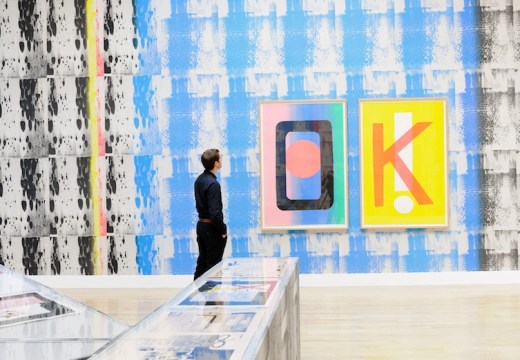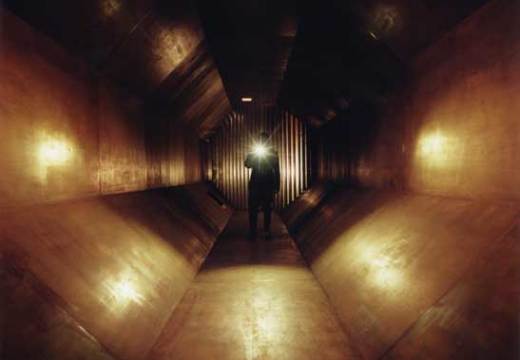If Victorian London belongs to Charles Dickens, the Georgian city is William Hogarth’s. His seething crowds of pickpockets, bawds, gropers and cat-stranglers, sloshed on gin or sporting perfumed wigs, can usually be located precisely within the boundaries of Georgian London, be it in St James’s gaming clubs or Drury Lane boarding houses, outside the Monument or on route to the country at the foot of Tottenham Court Road. Hence ‘Hogarth’s London’, the current exhibition at the Cartoon Museum, which looks at Hogarth’s best-known works through the lens of place rather than personality or politics.
This is no blockbuster, and the becalmed surroundings are ideal for those who wish to pay close scrutiny without getting bustled by Hogarthian hordes trying to do likewise, a serious problem at the Tate’s gargantuan retrospective in 2007. There are even magnifying glasses on offer for those who want a really good look.
Hogarth’s greatest hits are all here – every plate from A Rake’s Progress and A Harlot’s Progress; the entire Four Times Of The Day quartet; Beer Street and Gin Lane – each offering brilliant depictions of a London wallowing in din, dirt, crime and sex. Hogarth’s London had tight boundaries, making it almost possible to travel from street to street via the plates: traversing the city from Monument (The South Sea Bubble, 1721) to Temple Bar (Hudibras, 1726); down through the prisons of Blackfriars and low inns Holborn and Covent Garden, which feature in numerous prints but most memorably in Plate 3 of A Rake’s Progress, showing a debauched session at the Rose Tavern; and proceeding with grim finality to the gallows at Tyburn, where Tom Idle meets his grisly fate in 1747’s Industry And Idleness.
There are also some lesser-seen engravings, such as Enraged Musician (1741), with its wonderful summation of the bedlam of the typical London street, all screaming babies and hollering traders, and his explanatory panel for Analysis Of Beauty, set in a sculptor’s yard at Hyde Park Corner and displaying Hogarth’s artistic theories of unity and form. Hogarth would confess that his subjects were often ‘low, absurd, obscene and prophane (sic)’ and his work still resonates above and beyond the political issues of the day precisely because of this scabrous take on perennial urban themes, from the fecklessness of youth and hypocritical political cant, to the undercurrent of greed, cruelty and violence that sometimes seems indivisible from London life.
In one print, The Times Part 2, which went unpublished until 1790, Hogarth prophesied a more civilised city (superficially at least) of paving stones and well-lit, widened streets. It carries little resemblance to the London of his illustrations and for this reason we should perhaps be grateful that his sanitised vision never came to pass. Instead, we can drink in the lust, gin and grime, eternal voyeurs of the Georgian London of this florid imagination and wicked, unstinting, eye.
‘Hogarth’s London’ is at the Cartoon Museum, London, until 18 January 2015.
Related Articles
Rise and Fall: ‘Progress’ at The Foundling Museum (Martin Oldham)
Physician, philanthropist, collector: ‘The Generous Georgian’ in three objects (Katy Barrett)
‘Face to Face’: the Clifford Chance collection at Sir John Soane’s Museum (Emily Burns)
Unlimited access from just $16 every 3 months
Subscribe to get unlimited and exclusive access to the top art stories, interviews and exhibition reviews.


















![Masterpiece [Re]discovery 2022. Photo: Ben Fisher Photography, courtesy of Masterpiece London](http://www.apollo-magazine.com/wp-content/uploads/2022/07/MPL2022_4263.jpg)
It’s time for the government of London to return to its rightful home